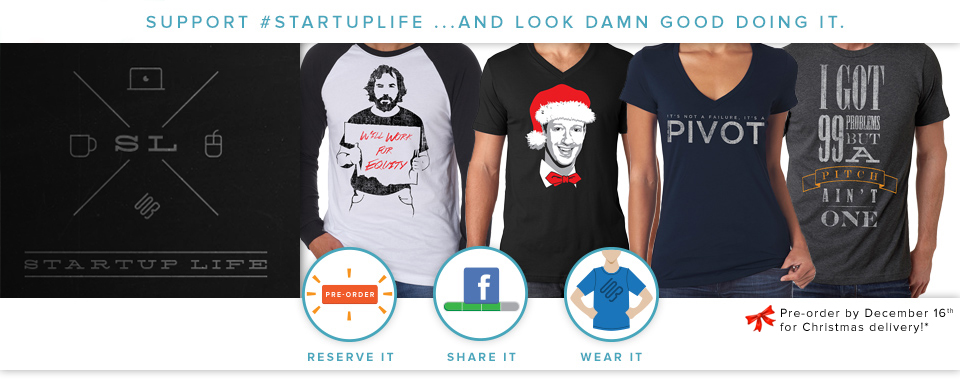When it comes to a successfully marketed business, a consistent brand is key. If you don’t have a distinct brand and brand voice that distinguishes you from others around you, you are just another face in the crowd. Social media brand building doesn’t have to be hard if you know what you’re doing, and we’re here to help! Here are some tips to help you with your own social media brand building.

Develop a Brand Voice
In order to implement a strong brand image in your online marketing, it is important to determine the voice that your brand will convey and establish a tone across all of your online channels. This will help others to really get to know your brand and what it stands for. In order to develop a brand voice, you will need to keep several things in mind. First things first- you should consider the qualities and attributes that you want to be associated with your brand as well as words that you would like consumers to associate with your brand. For example, here at Tailwind, some of the qualities that we consider important include ease of use, affordability and specialization. The next thing that you will want to consider is what your goal on social media is. Is it to drive trial? To increase sales? Gain feedback? All of the above? The way you communicate online should reflect your goals, and different goals call for different sorts of communication.
Other items to keep in mind when developing your brand voice include the strengths of your product or service as well as what your followers and customer base already have to say about your offerings. Once you have a complete idea of all these factors, you can develop your brand voice by considering all of these aspects and speaking in a voice that reflects them with consistency.
Be Authentic
Staying true to your brand means being honest about who you are at all times. Do not post anything that would be deceiving or misrepresent your brand just to grow a following or get likes. Post relevant items that your brand truly cares and knows about. This way, people remain clear on what they should associate with your brand and look to you for help with. Anything that does not remain true to your brand will just muddy up others’ ideas of your brand and what value it has to them.
In addition, if your brand has made a mistake that it needs to own up to, don’t be afraid to apologize or right the wrong publicly. This lets your public know that you are conscientious, willing to improve and willing to be transparent with them about all items of interest, and in turn, improves your brand image.
Persistency is Key
A strong brand will remain active on social media over time and stay prevalent on their social media channels to stay on top of their consumers’ minds. It is easy to develop a brand voice, curate content and get really excited about your online presence in the beginning. The more difficult part comes when you realize that you have to actually maintain and upkeep your brand online and constantly put out fresh, new content as well as respond to those interacting with your brand online.
The good news is, if you have a strategy, remaining active online isn’t too hard to manage. Take the time to develop a calendar for content that you would like to post in the future. Schedule Facebook and Google+ posts, tweets, blogs, etc. ahead of time, so that you are not overwhelmed with having to come up with something on the spot. If you are always one step ahead, your brand will maintain an active and ever ready online presence. In addition, set aside a designated time several times a week that is strictly devoted to interacting with your followers and likers, as another aspect of your brand is the amount of attention paid to its consumers.
While social media branding can seem like a complicated and overwhelming experience, it just takes some care and thought. By utilizing these tips, you are on your way to your own strong online branding experience.
This post originally appeared on the Tailwind blog.


 In a time of constant movement, constant communication, continual achievement and an ongoing list of to-dos, at the end of the day we feel we’ll never get ahead. It seems like our days are controlling us, rather than us controlling them. This constant busyness can actually take you off course from your high-value goals; hurt your physical, psychological and emotional system; and even damage or destroy relationships. I have been studying some of the top executives, CEOs, authors, and millionaires in the past couple of years and wanted to share a couple thoughts that might help you work at your productive best.
In a time of constant movement, constant communication, continual achievement and an ongoing list of to-dos, at the end of the day we feel we’ll never get ahead. It seems like our days are controlling us, rather than us controlling them. This constant busyness can actually take you off course from your high-value goals; hurt your physical, psychological and emotional system; and even damage or destroy relationships. I have been studying some of the top executives, CEOs, authors, and millionaires in the past couple of years and wanted to share a couple thoughts that might help you work at your productive best.
 Five years ago, my first tech company was acquired. Two years ago, the acquirer IPO’d. As the Chief Strategy Officer, I ended my time at the company with a signatory bell ringing at the NASDAQ. Until that point, my life had moved quite swiftly without much vacation, only letting up to marry my high school sweetheart and raise my son.
Five years ago, my first tech company was acquired. Two years ago, the acquirer IPO’d. As the Chief Strategy Officer, I ended my time at the company with a signatory bell ringing at the NASDAQ. Until that point, my life had moved quite swiftly without much vacation, only letting up to marry my high school sweetheart and raise my son.









